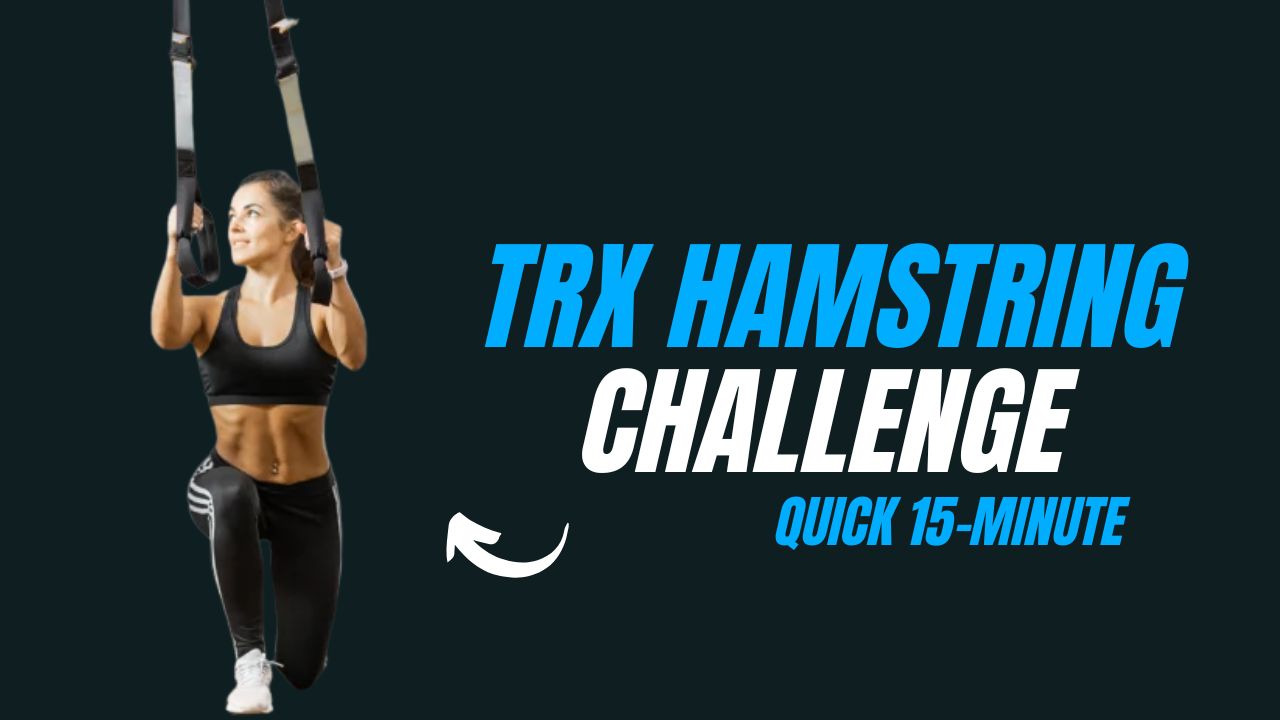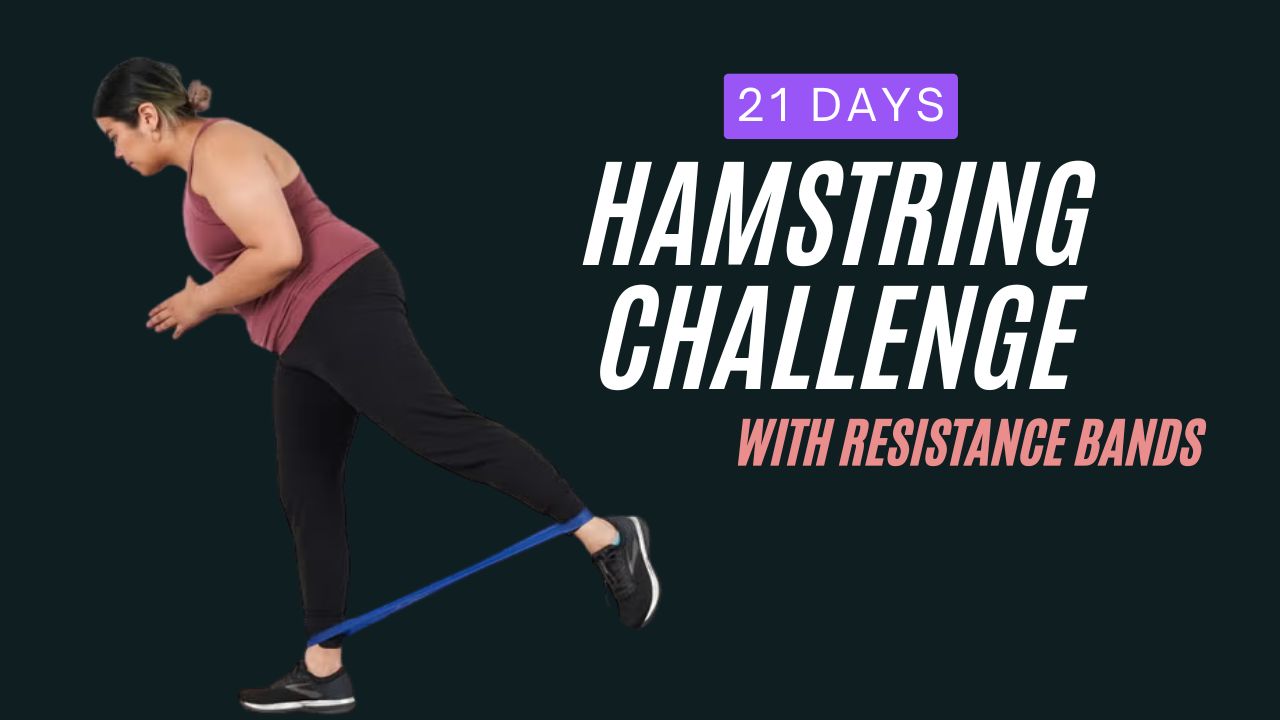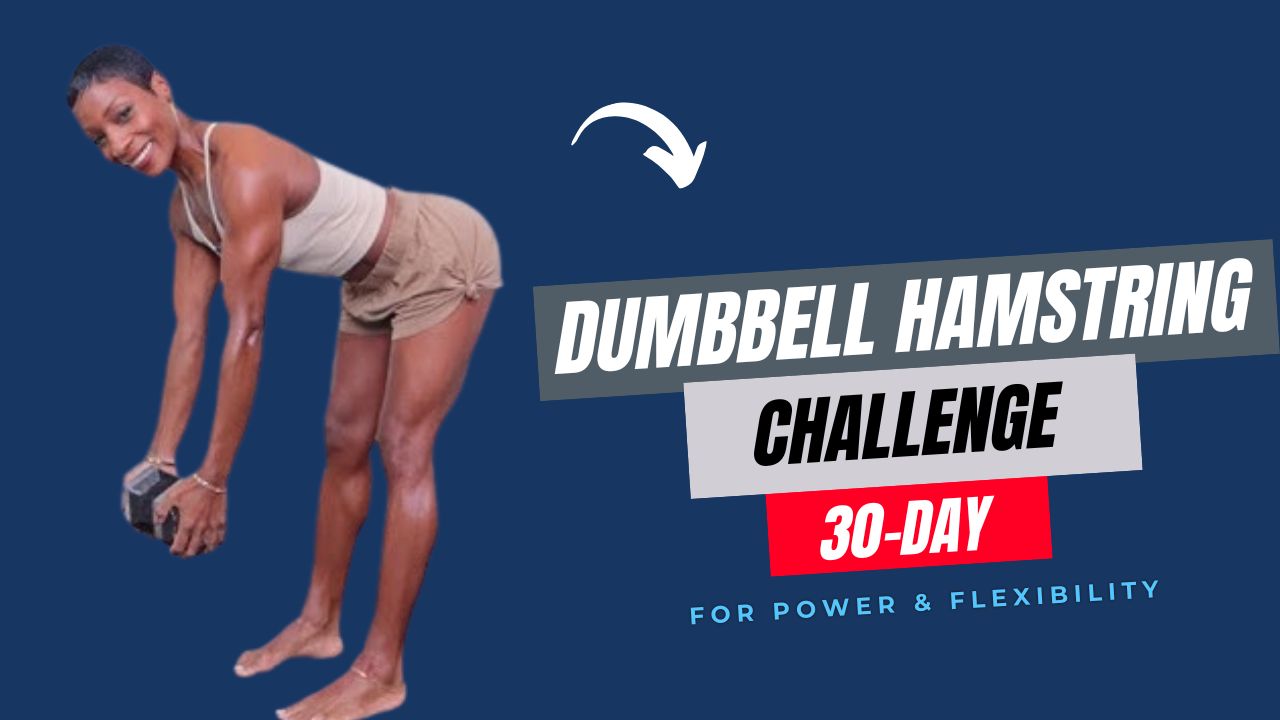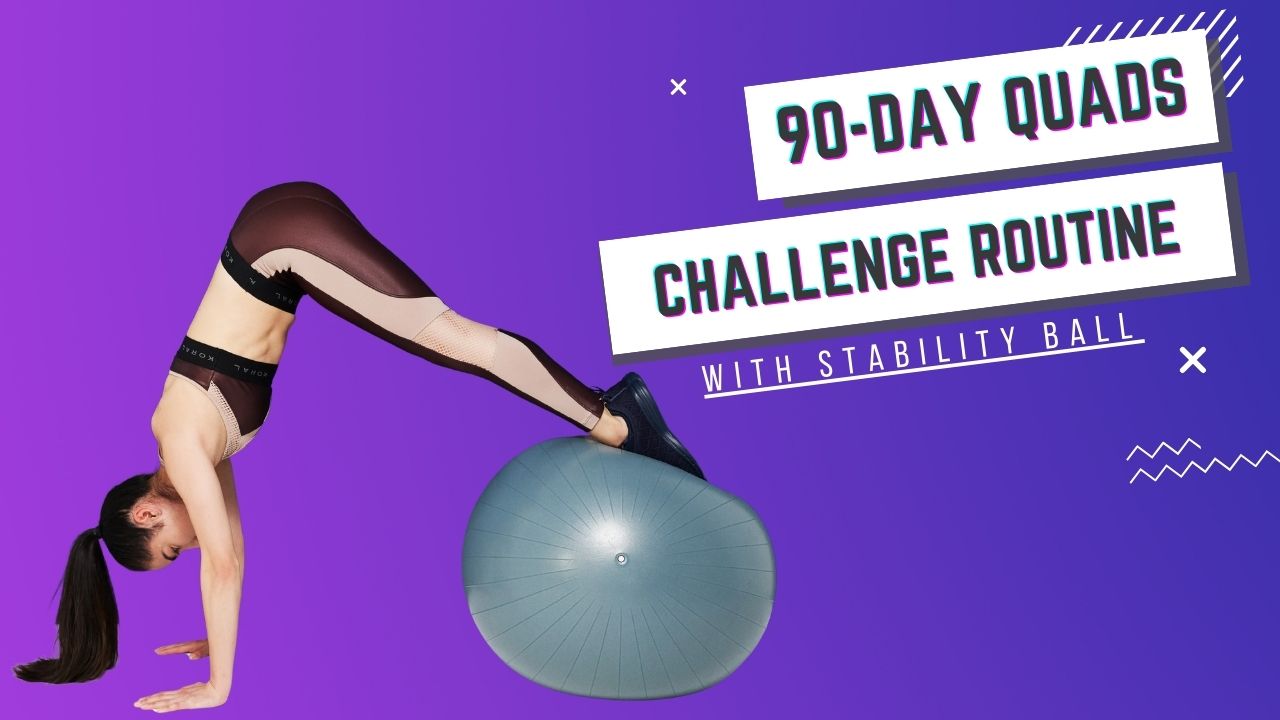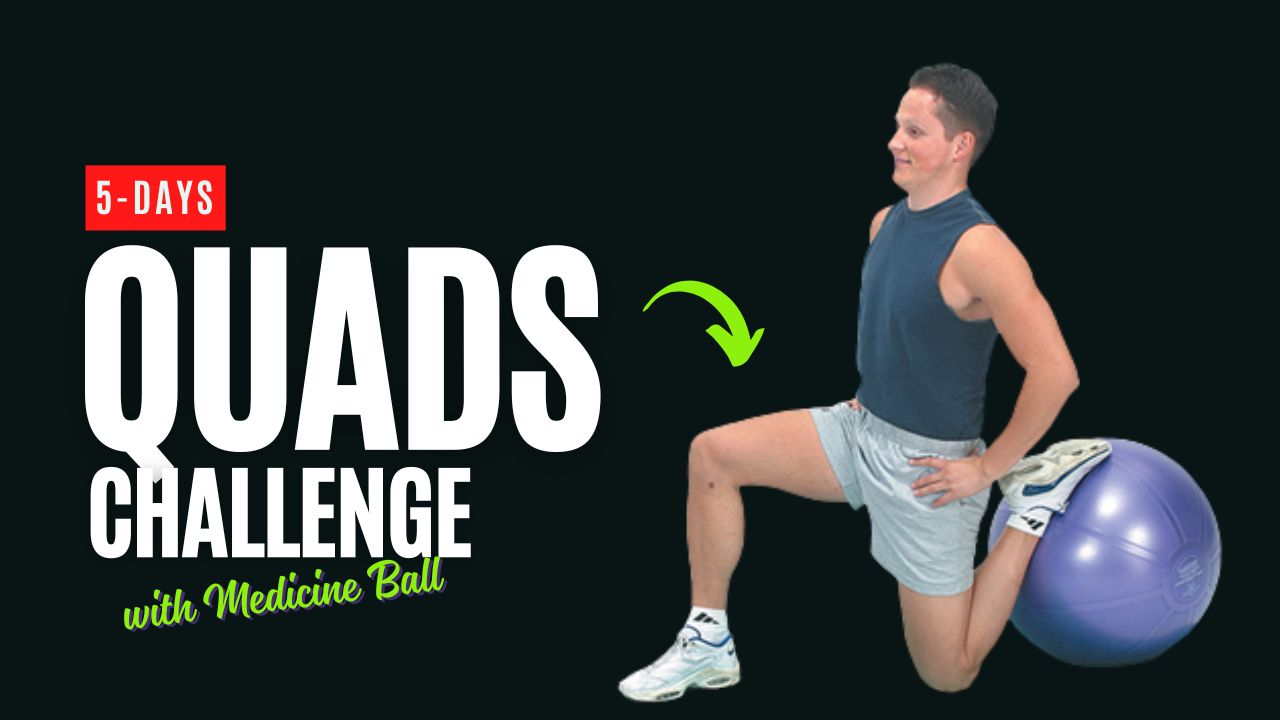Do you know that strong obliques play a key role in spinal stability and rotational power—but most people unknowingly skip training them properly?
Oblique muscles are often overshadowed by the “six-pack” abs. But if you’re chasing a strong, athletic core, especially one that supports functional movement and sports performance, you cannot afford to ignore your obliques. And what better way to hit them than with a pull-up bar?
Hanging oblique exercises don’t just activate your sides—they challenge your grip, build body control, and improve core symmetry. Best part? They require no fancy equipment—just a bar and your body weight.
In this post, we’ll cover 7 powerful pull-up bar exercises for your obliques, each with form tips, movement cues, and the benefits they bring to your core game.
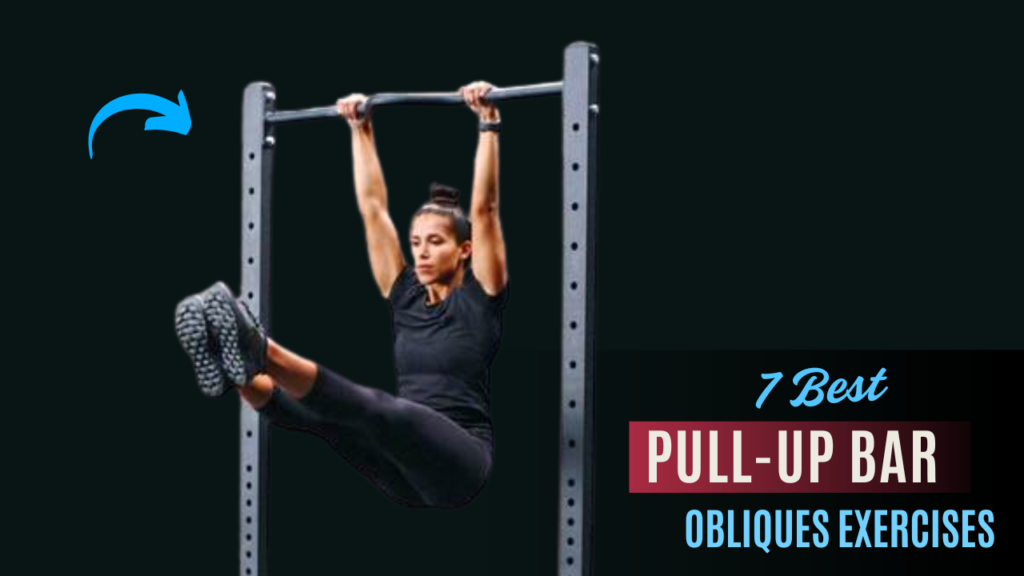
What Can Happen After 30 Days of Pull-Up Bar Oblique Exercises
| Positive Changes | What to Watch Out For |
|---|---|
| Improved core strength and better oblique muscle engagement | Muscle soreness, especially in the first week |
| Noticeable definition along the waistline and sides | Possible grip fatigue or wrist strain if form isn’t maintained |
| Better body control and posture during hanging movements | Inconsistent form may lead to lower back or shoulder discomfort |
| Increased endurance for core-focused workouts | Plateaus if the routine isn’t progressively challenged |
| Enhanced grip strength and upper body coordination | Overuse injuries if you don’t allow for recovery days |
| Improved athletic rotation power (great for sports/martial arts) | Frustration if expecting rapid fat loss without addressing nutrition |
| Boosted confidence in bodyweight training abilities | Boredom if the workout isn’t varied or progressed with new challenges |
Do & Don’t: Pull-Up Bar Oblique Exercises
| Do | Don’t |
|---|---|
| Engage your core before lifting your legs | Don’t swing or use momentum to perform reps |
| Keep movements slow and controlled | Don’t rush through the exercises just to finish |
| Use a firm overhand grip on the bar | Don’t let your shoulders shrug or hang loosely |
| Start with beginner-friendly moves if you’re new | Don’t jump into advanced exercises without building a base |
| Exhale as you lift, inhale as you lower | Don’t hold your breath during reps |
| Allow your body to rest between sessions | Don’t overtrain your obliques daily — they need time to recover |
| Modify with bent knees if full leg lifts are too hard | Don’t force straight-leg movements if it compromises your form |
| Focus on quality reps, not quantity | Don’t count reps if your form is breaking down |
7 Best Pull-Up Bar Oblique Exercises
1. Hanging Oblique Knee Raises
How to do it:
- Grab the pull-up bar with an overhand grip, arms shoulder-width apart.
- Hang freely, keeping your body still.
- Raise your knees towards your right armpit, engaging your left obliques.
- Lower slowly and repeat on the left side.
Pro Tip: Keep the movement controlled—avoid swinging.
Why it works: This exercise directly targets the lower obliques with minimal momentum, forcing them to do the lifting.
2. Windshield Wipers (Bent Knee or Straight Leg)
How to do it:
- Hang from the bar with your body straight.
- Raise your legs up to 90 degrees.
- Slowly rotate your legs side to side like windshield wipers.
- Keep your core tight throughout the movement.
Myth Busted: Many think windshield wipers are just for abs. In fact, they intensely activate the obliques due to the rotational movement.
Why it works: This move challenges your transverse and internal obliques for rotational stability and control.
3. Side-to-Side Hanging Leg Raises
How to do it:
- Begin in a dead hang.
- Bring both knees up to one side of your body.
- Lower and repeat on the other side.
- Alternate sides for each rep.
Coaching Cue: Think of curling your pelvis up toward your ribs—don’t just swing your legs.
Why it works: It isolates oblique muscles while forcing them to stabilize against gravity and sway.
4. Hanging Oblique Crunch (Twist Crunch)
How to do it:
- Hang from the bar with a firm grip.
- Raise your knees and twist your torso to one side.
- Squeeze your obliques at the top, then return slowly.
- Alternate sides with each rep.
Did You Know?
Oblique crunches performed while hanging increase time under tension compared to floor crunches—yielding better muscle engagement.
Why it works: This controlled twist mimics trunk rotation, strengthening obliques and hip flexors simultaneously.
5. Toes-to-Bar with Side Swipe
How to do it:
- Hang from the bar and initiate a toes-to-bar motion.
- As you lift, shift your toes toward one side of the bar.
- Lower and alternate directions with each rep.
Modification Tip: Try knees-to-bar swipe for beginners.
Why it works: The side-to-side element puts obliques on overdrive while improving hip coordination.
6. Oblique V-Leg Raises (Scissor Kick Style)
How to do it:
- Hang from the bar and keep your legs straight.
- Raise one leg at a diagonal angle toward the opposite hand.
- Lower it and switch sides.
Performance Tip: Keep both legs active—don’t let the opposite leg go limp.
Why it works: This exercise encourages cross-body oblique activation, crucial for twisting and lateral stability.
7. L-Sit Twists (Static with Rotation)
How to do it:
- Hang and lift both legs into an L-sit.
- Hold the L position.
- Begin rotating your hips left and right without lowering the legs.
Interesting Fact: Isometric holds like L-sits combined with rotation double as strength and endurance training for the core.
Why it works: The L-sit alone is tough—but adding a twist challenges rotational endurance in the obliques and deep core muscles.
Final Thoughts: Pull-Up Bar Isn’t Just for Pull-Ups
The pull-up bar is often underestimated as just an upper-body tool. But in reality, it’s one of the best assets for sculpting and strengthening your core, especially the obliques.
Whether you’re aiming for better athletic performance, balance, or simply a more defined waistline, adding these 7 oblique-focused pull-up bar exercises to your routine is a smart move. Remember: controlled movement beats momentum every time.
Frequently Asked Questions (FAQs)
Can beginners do pull-up bar oblique exercises?
Yes, but it’s important to start with simpler variations like hanging knee raises or side crunches with bent knees. As your grip and core strength improve, you can gradually progress to more advanced moves like windshield wipers or L-sit twists.
How often should I train obliques with a pull-up bar?
Training your obliques 2–3 times per week is sufficient for most people. Since these exercises can be intense, be sure to allow recovery days in between to let your muscles rebuild and grow stronger.
Do these exercises also work my abs?
Absolutely. While the primary focus is on the obliques, most hanging core movements also engage the rectus abdominis (six-pack muscles), transverse abdominis, and even hip flexors. They’re excellent for total core development.
What if I can’t hang from the bar for long?
Grip strength can be a limiting factor at first. Try building it by doing dead hangs, using resistance bands for support, or performing the same movements on captain’s chair equipment until your endurance improves.
Are hanging oblique exercises better than floor exercises?
Hanging exercises offer greater range of motion, gravity resistance, and muscle engagement, especially for the lower abs and obliques. However, combining them with floor-based moves can give you a more balanced and effective core workout.
Will these exercises reduce love handles?
These moves will help strengthen and tone the obliques, which are located beneath the “love handle” area. But spot reduction isn’t possible—a combination of strength training, cardio, and nutrition is needed to reduce body fat in that region.
Do I need any equipment besides a pull-up bar?
Nope! That’s the beauty of it. All the exercises in this post require only a stable pull-up bar and your own body weight. If needed, you can wear gloves or use chalk to improve your grip.
How many reps and sets should I do?
Start with 3 sets of 8–12 reps per exercise, focusing on controlled form. As you progress, you can increase reps, add weighted variations, or combine exercises into circuits for more intensity.





